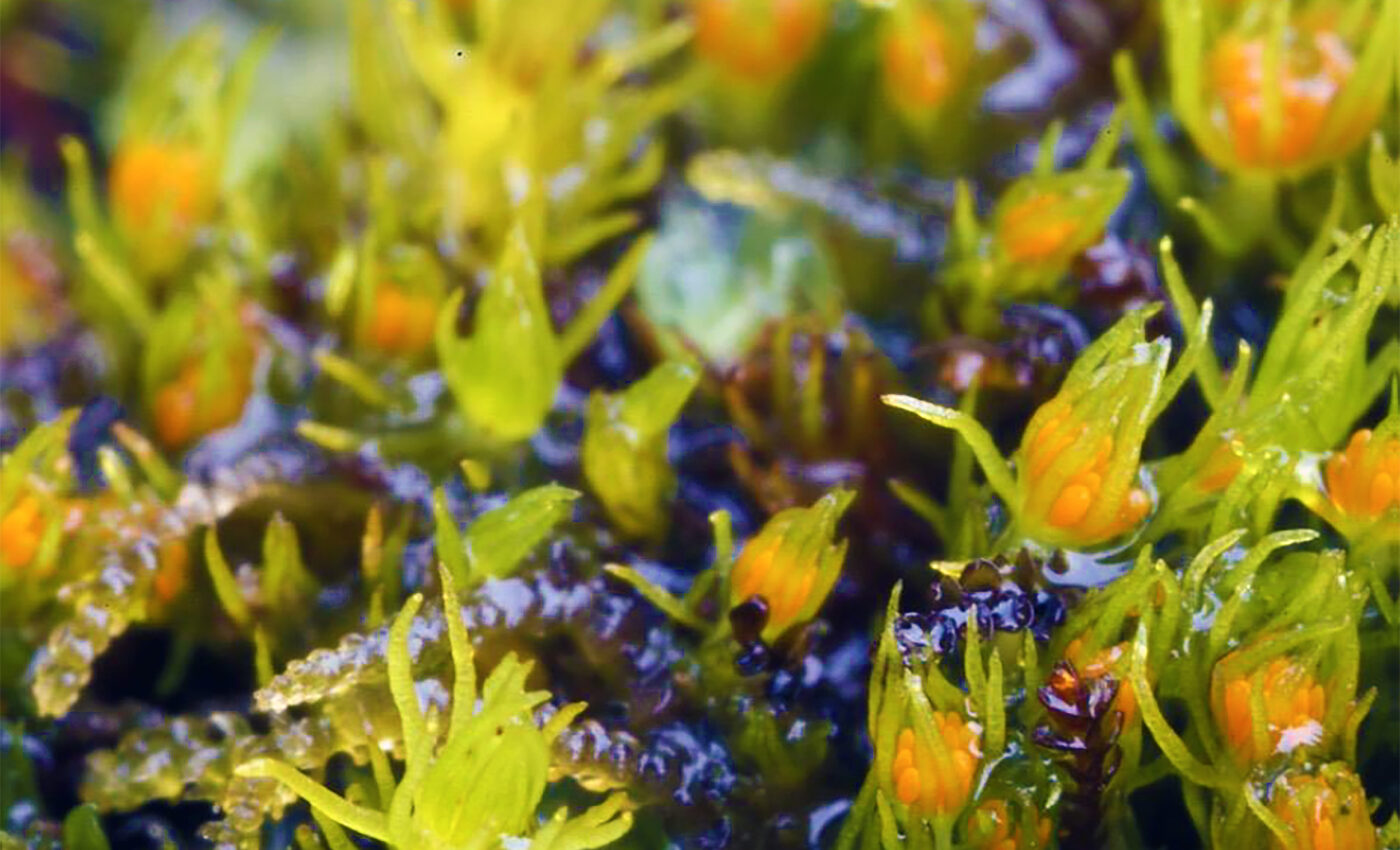
Takakia has lived on Earth 400 million years, but it may not survive climate change
In the icy cliffs of the Tibetan Plateau, a 390-million-year-old moss called Takakia dwells, shrouded in mystery and resilience. For a decade, a team of determined scientists embarked on a journey to some of the world’s tallest peaks, battling the elements to uncover the secrets of this ancient moss.
Their findings, published in Cell on August 9, reveal a glimpse into the fast evolution of this species and its struggle against climate change.
How to study Takakia
Takakia is no ordinary moss. Growing slowly and residing only in small patches in the Tibetan Plateau, Japan, and the US, it requires an expedition to reach its 4,000-meter-high habitat in the Himalayas. The researchers undertook 18 expeditions, collecting samples and studying its environment.
“We set out to describe and analyze a living fossil,” states Ralf Reski, a plant biotechnologist at the University of Freiburg in Germany.
The journey to the moss’s dwelling is not for the faint of heart. Co-expedition leader Ruoyang Hu from Capital Normal University in China describes the landscape.
“In the Himalayas, you can experience four seasons within a day. At the foot of the mountain, it is sunny and clear. When you get to the halfway point, there is always a light rain—it feels like you’re walking in a cloud. And when you get to the top, it snows and it’s very cold.”
Accessibility is a challenge, with only half of the road reachable by vehicle. “We had to climb up the remaining way,” explains co-expedition leader Xuedong Li. The danger was real, as Li adds, “Three students got high-altitude sickness in our decade’s research. Thanks to our Tibetan guides, we transferred them to a lower altitude in time to get them medical care.”
What is Takakia?
Takakia’s existence dates back 100 million years before the Himalayas even formed. It adapted quickly to the changing environment, a survival trait that intrigued the scientists.
“The idea was to go as deep as possible into the history of the first land plants to see what they can tell us about evolution,” Reski reflects. “We found that Takakia is currently the genome with the highest number of fast-evolving genes. It’s very active on the genetic level.”
The team discovered Takakia’s ability to fix broken DNA and recover from UV damage. Yikun He, fellow plant biologist, explains the environmental forces behind this.
He said, “Takakia plants are covered with heavy snow for eight months each year, and then are subjected to high-intensity ultraviolet radiation during the 4-month light period.” These conditions led the plants to develop a network structure to resist snowstorms.
Genetics, morphology and habitat
One more mystery was solved by sequencing Takakia’s genome. Reski explains, “People wondered, is it really a moss? Or is it something like an alga or a liverwort? But our work shows that it’s a moss.”
The morphology of Takakia has remained mostly unchanged despite extensive genetic alterations. Reski anticipates that these findings could inspire new fields of study regarding evolution with changing genomes and static morphology.
The scientists also turned their focus to Takakia’s environment, observing glaciers melting, climate warming, and increased UV radiation. In the lab, they found that the current UV levels could kill even other plants adapted to harsh conditions.
Tragically, despite Takakia’s historic resilience, its populations are declining. The researchers noted a decrease of around 1.6% in Tibet annually. Hu’s grim prediction is that the moss likely won’t survive another century, and suitable regions for Takakia will shrink to a mere 1,000-1,500 square kilometers globally.
Plans to save Takakia from extinction
To combat this, the team proposes public education and international efforts for continued research and protection, including cultivation in labs. “Plant scientists cannot sit idly by. We are attempting to multiply some plants in the laboratory and then transplant them to our experimental sites in Tibet,” says He, hopeful for the recovery or postponement of Takakia’s extinction.
The findings resonate beyond the moss itself. “People have a responsibility to play a more active role in biodiversity conservation and restoration,” Hu urges, highlighting the vulnerability of rare and small species under climate change.
Reski adds a profound insight. He said, “We humans like to think that we are on top of evolution, but the dinosaurs came and went, and so might humans, if we are not careful with our planet. Takakia may die because of climate change, but the other mosses will survive, even if we humans cannot. You can learn a lot from the simplest plants about the history of this planet, and maybe the future.”
In the story of Takakia, we find a tale of survival, adaptation, and ultimately, a sobering warning. The research on this ancient moss transcends scientific curiosity, offering a perspective on our fragile connection to the environment and the urgent need to preserve biodiversity.













